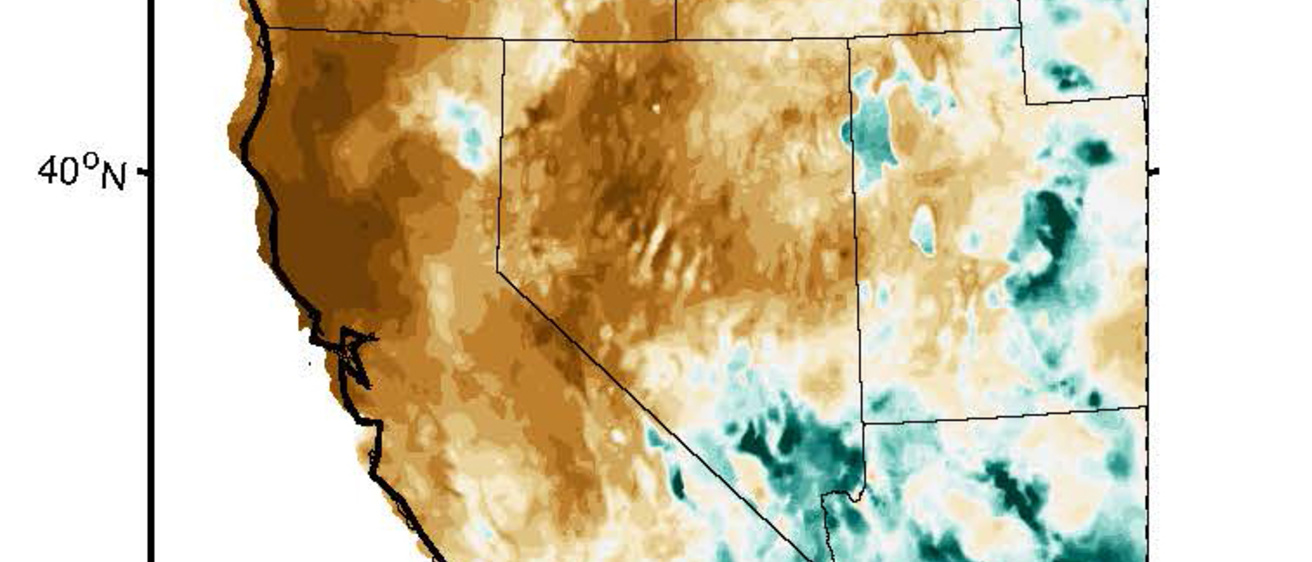Does Less Pollution Mean Less Precipitation?
New research at the University of Iowa College of Engineering will study the connections between reduced air pollution due to COVID-19 shutdowns and sharp decreases in precipitation in the western United States. The project, funded by a National Aeronautics and Space Administration (NASA) RAPID grant, will provide valuable information to support improved water resources management in drought-stricken areas of the West Coast.
When economies worldwide shut down to slow the spread of COVID-19, air quality improved markedly in many areas—a positive outcome. But unintended consequences may have had impacts halfway around the globe. Moisture in the atmosphere condenses around particulates (dust particles, for example) and falls to earth as raindrops and snowflakes. Researchers hypothesize that with fewer particulates or aerosols in the atmosphere, fewer raindrops and snowflakes fell, reducing precipitation in the western United States. In February and March 2020 – months that are part of the rainy season – precipitation dropped by more than 50% with respect to the climatology for those months. Water resources managers on the West Coast need to know how this decrease in precipitation is related to the reduction of aerosols, given a potential second shutdown later this year.
Project leader Gabriele Villarini, a professor of civil and environmental engineering and director of IIHR—Hydroscience & Engineering, wants to understand the extent to which the reduction in aerosols accounts for the decrease in precipitation. “There are in a sense two drivers,” Villarini said. “One is the climate system. Some years are drier than others because of natural variability. The other is the reduced aerosols. What role do they play in explaining the observed lower precipitation amounts?”
It’s also important to know where the particulates (or lack of them) originated, whether remotely (e.g., in China) or locally (e.g., in California). Any policies enacted to mitigate the situation could have different results, depending on the source. “Knowing the relative role of each would be useful, especially moving forward,” Villarini said.
The project team includes Villarini, IIHR Associate Research Scientist Wei Zhang, and graduate student Zhiqi Yang. They will use WRF-CHEM, a comprehensive climate model that can combine atmospheric conditions such as moisture and temperature with chemical properties and processes. “By using this model, we can design the experiments to examine the impact of local and remote aerosols,” Zhang said.
It’s a fascinating project, Villarini said, because of the unintended consequences and their possible climate change implications. “It’s high risk, high reward,” Villarini said. “There is a risk that the model is not going to give us enough insights and the uncertainties are too large. But the payoff, if it works, is pretty remarkable.”
